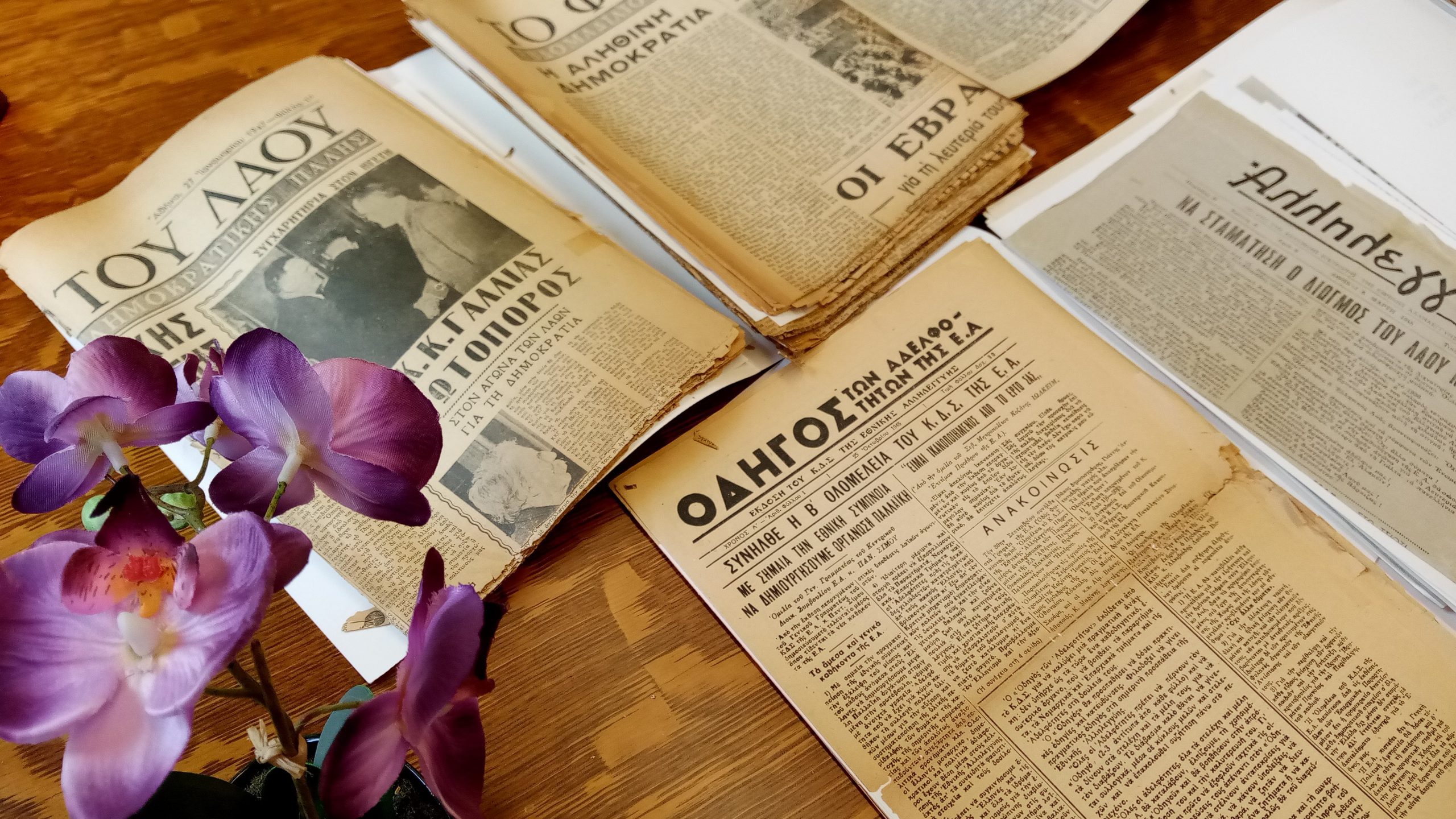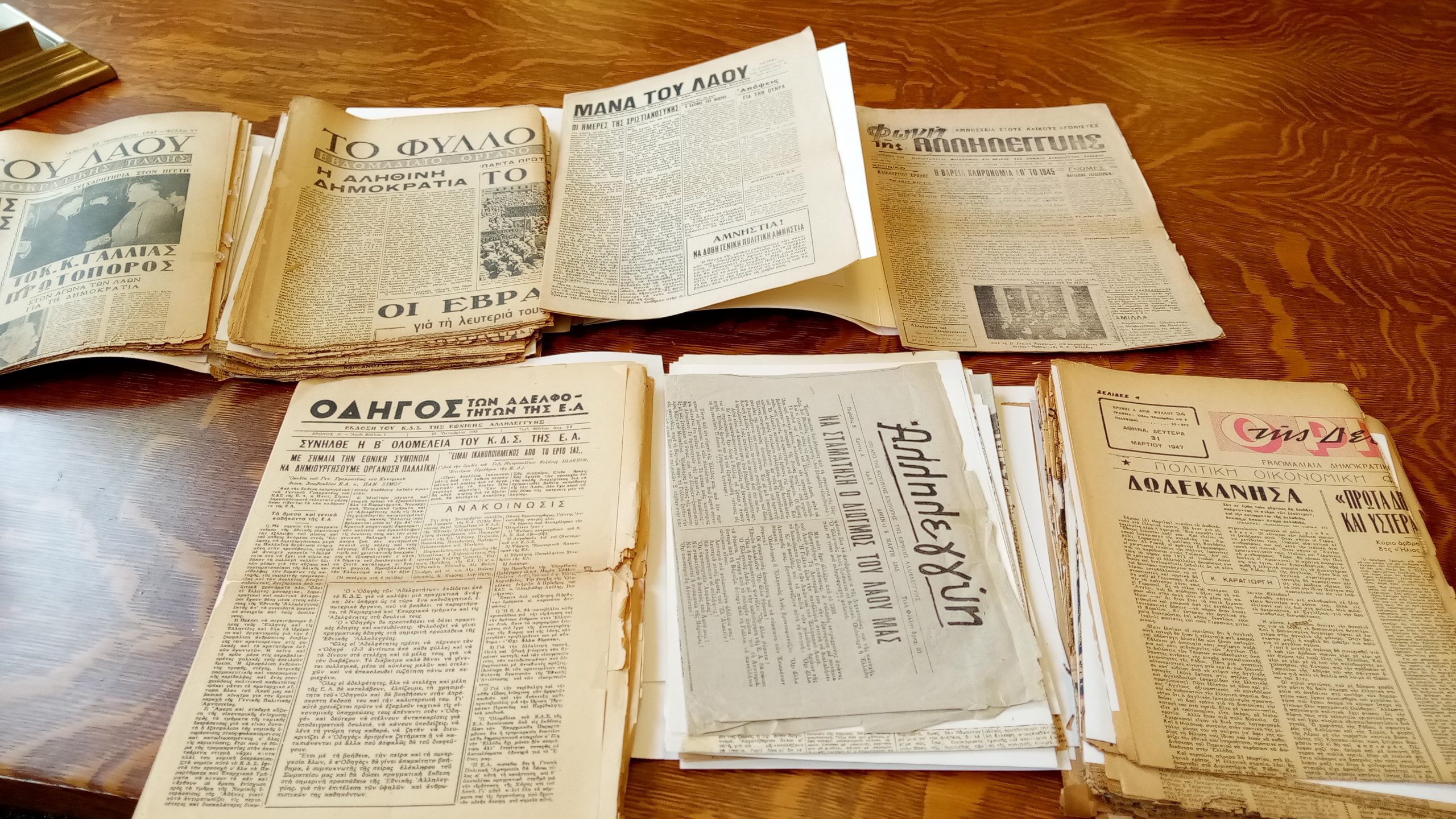Please see a very brief overview of the John Miller Burnam Classics Library to prepare for the much more extensive in person orientation on August 18. See you soon!
The Classics Librarian

Please see a very brief overview of the John Miller Burnam Classics Library to prepare for the much more extensive in person orientation on August 18. See you soon!
The Classics Librarian
Happy Summer and congratulations to all our new graduates, not the least our new PhD’s this spring, Sarah Wenner, Cecilia Cozzi, Duccio Guasti, and Andrew Lund, and MA’s, Charlie Kocurek and Dalton Davis!
Please see the Classics Library Newsletter (link below) recounting several new and interesting undertakings, especially the many digitized items, and their descriptions and histories in the new Book Tour and much more. Happy Reading!
Spring Semester 2023 Classics Library April 28



The UC Classics Library is the premier classics library in the country thanks to its world-class collections and it is a destination library for national and international students and scholars.
We are seeking highly motivated student workers for immediate openings. We offer employment of c. 10-15 hours a week. Unlike most jobs, we work around your class and exam schedules when planning the work schedule for each semester. Thanks to the variety of responsibilities and the excellence of the collections, working in the Classics Library can improve your research and library skills which are important for academic success as well as add to your CV and list of references.
In addition to being a valued member of an international and vibrant scholarly community and a distinguished library, you will be trained in varied and detail-oriented tasks ranging from staffing the circulation desk to shelving books, searching book lists against the library’s catalog, scanning documents, checking for broken web links, dusting shelves, and anything and everything a large and modern academic research library requires. We guarantee that you will not be bored, but because of our library’s important responsibilities and your limited work hours, you will be required to focus on the many tasks of the job rather than on personal social media or homework.
Because of the highly specialized nature of the Classics Library, we prioritize students with a background in Classical Studies and the Humanities in addition to students with western foreign language training, especially in German, French, Italian, Spanish, Greek in addition to in ancient Greek and Latin. Also, because of a limited budget, we prioritize students on a federal Work/Study grant although we do hire non-work/study students as well.
If this sounds like a good fit for you, please contact us to learn more and to set up an interview at your earliest convenience. Please submit your CV and application form (copy and paste the form into word) to:
Shannan Stewart, library specialist, shannan.stewart@uc.edu and Rebecka Lindau, head, rebecka.lindau@uc.edu
The library is located on the 1st floor of the Blegen Library building.
While many are enjoying summer break, the classics library remains open to visiting scholars and others. This summer, world-renowned papyrologist UC Professor Peter van Minnen has been hosting the Papyrology Summer Institute, held under the auspices of the American Society of Papyrologists. This 5 week-long intensive program has comprised lectures on topics such as petitions, magical papyri, materiality (the archaeology of papyri as objects) by scholars from all over the world in the morning or research and readings in the library followed by examination of papyri on loan from the University of Michigan in the lab (Blegen 320) in the afternoon. Some of the participants could already read Egyptian hieroglyphs, Coptic, and Demotic coming into the program, and all could read Greek and Latin. Each participant works on 3-4 papyri. Their findings are subsequently published in the Bulletin of the American Society of Papyrologists. In addition to the papyri, each participant examines one ostracon (a piece of pottery with writing on it), the publication of which will be as a group.
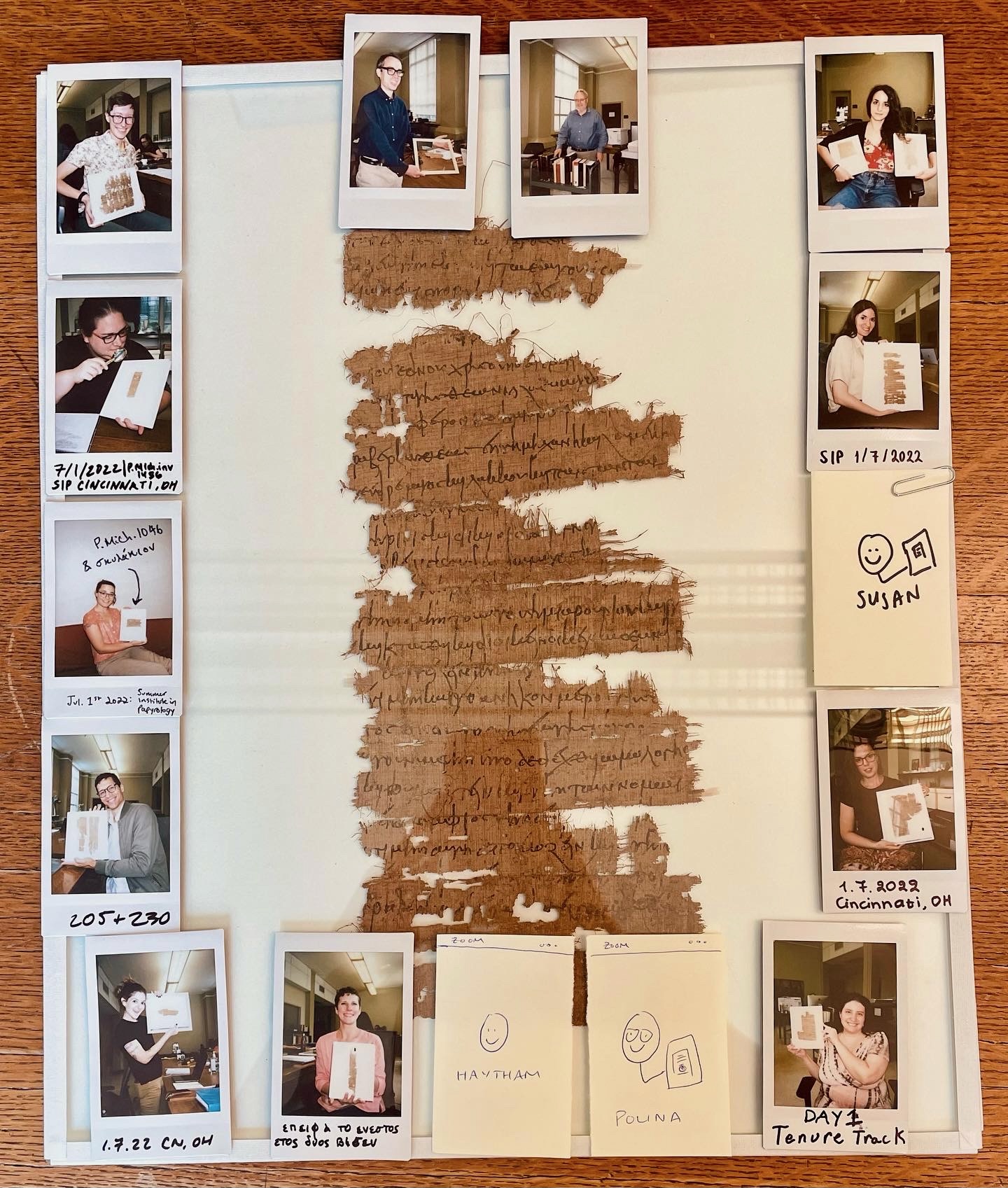
Polaroid collage of participants in the 2022 Papyrology Summer Institute at UC by one of the participants, Dr. Ella Karev, Postdoctoral Teaching Fellow, Near Eastern Languages and Civilizations, University of Chicago.
Today, July 12, is the birthday of Julius Caesar, born 2,122 years ago. It is somewhat uncertain if the day is a cause for celebration or mourning. He, like many modern-day would-be dictators and populists, had imperial designs, invading parts of northern and central Europe, and challenging Rome itself, casting the dice when crossing the river Rubicon, giving rise to not only an insurrection but a full-fledged civil war for the soul, or at least survival, of democracy. He won and was appointed dictator for life. That is until Marcus Brutus and others assassinated him on the Ides of March in 44 BCE at the site of the curia and theater of Pompey, a friend turned foe, and four Republican temples excavated by another dictator, and amateur “archaeologist,” Benito Mussolini, and now the home of a popular cat sanctuary. The assassins were initially hailed as heroes and saviors of the Republic. Ironically, the assassination may have backfired as the long-running (almost 500 year) democratic (excluding women and slaves) Republic turned into an equally long dictatorship, beginning with Emperor Augustus, by comparison a relatively “benign” ruler, the great-nephew of Julius Caesar, which later produced such notorious dictators as Caligula, Nero, and Domitian.

Unlike some other populists, Caesar was an intelligent and well-educated man, an author and historian, whose works, along with those of his opponent Cicero, are read by American school children, not only for their historic content but also for their exemplary prose. His name lives on in words for an omnipotent ruler, Tsar, Czar, and Kaiser, and for the month of July. After his death, he was deified and a comet which had appeared was hailed as a sign of his divinity. Yes, people interpreted “signs” and “hidden messages” then, too.
Julius Caesar’s birth would not have been possible without the aid of the She-Wolf who saved the lives of Romulus and Remus, the legendary founders of Rome and Caesar’s ancestors. No doubt Caesar was turning in his grave during the theft and desecration of his great-great-great… grand-mother in Eden Park less than a month ago. Would it not be a wonderful birthday present for Caesar (and for us all!) if she were returned or found further unharmed (the kidnappers cut off her paws)!? Dum spiro, spero.
Happy Birthday, Julius!
Felix sit dies natalis tuus, Iuli!
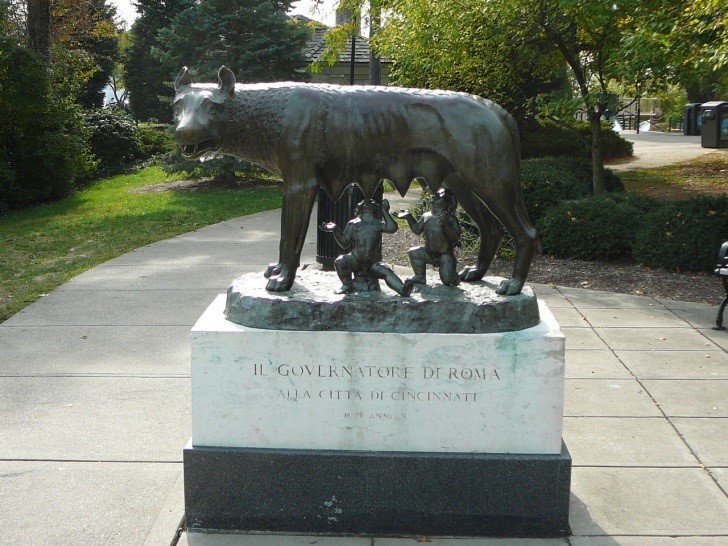
The She-Wolf (“Lupa”) was stolen from Eden Park on June 16, 2022, ironically, the same day I returned from a trip to Rome. It is a tragedy for all of us who value history and who understand and appreciate the importance of the Wolf to the founding of ancient Rome, to Roman history, and to Roman life and character, but also to many generations of Cincinnatians. The story of the Wolf, one of countless animals helping humans throughout the ages, is a sweet and engaging one. The statue was a gift of the city of Rome, then a sister city of Cincinnati, the city named after a Roman general. Yes, it was gifted while Mussolini was the ruler of Italy; however, the artist of the original statue of the Wolf, probably without the twins, was ancient Roman or, possibly, Etruscan or, according to some scholars, medieval, having no connection to Fascism. There are many literary accounts of the story in ancient Roman authors such as Livy, Dio Cassius, Ovid and others. Here is one of Ovid’s accounts:
“A she-wolf which had cast her whelps came, wondrous to tell, to the abandoned twins: who could believe that the brute would not harm the boys? Far from harming, she helped them; and they whom ruthless kinsfolk would have killed with their own hands were suckled by a wolf! She halted and fawned on the tender babes with her tail, and licked into shape their two bodies with her tongue. You might know they were scions of Mars: fearless, they sucked her dugs and were fed on a supply of milk that was never meant for them. The she-wolf (lupa) gave her name to the place, and the place gave their name to the Luperci. Great is the reward the nurse has got for the milk she gave” (Fasti 2.413-432).
I had suggested that the statue be moved to the John Miller Burnam Classics Library or to the lobby of the Blegen library building. Let us hope that the criminals who stole the sculpture develop a conscience and return it to the City of Cincinnati, and that the City finally decides to protect it by having it housed in the classics department or classics library of the University of Cincinnati or in the Cincinnati Art Museum.
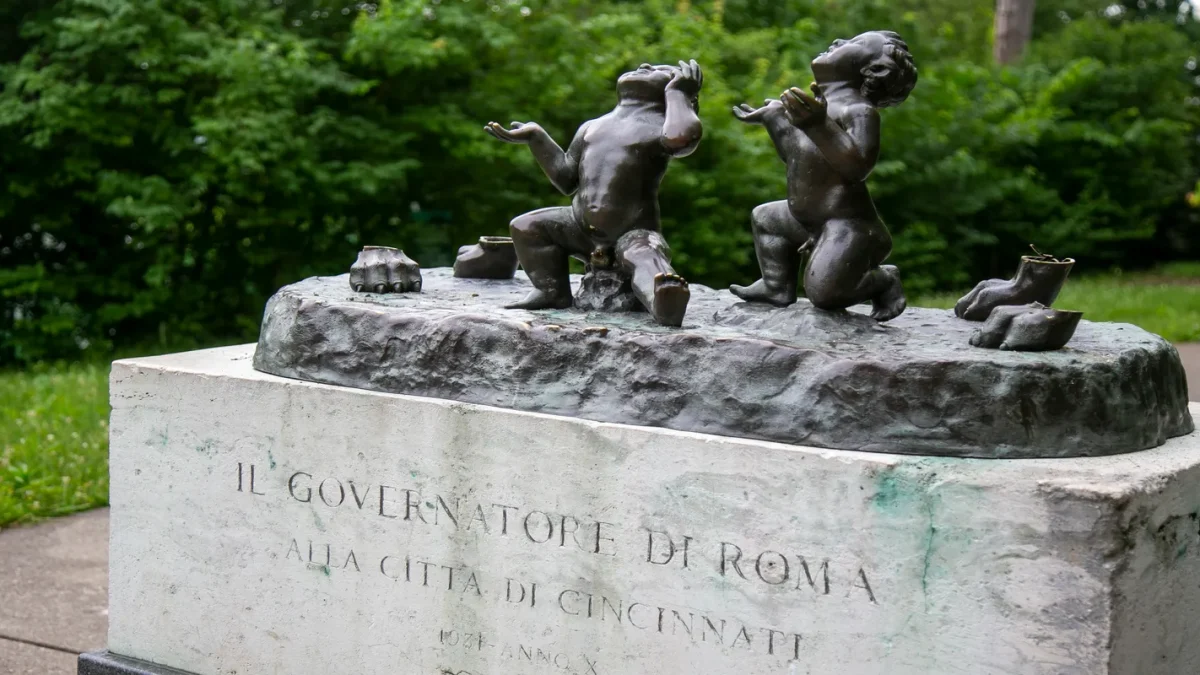
Finally, the John Miller Burnam Classics Library has been able to move into the 21st century thanks to its staff and East View, an information services company, which has digitized one of the Library’s rarest and most important collections of Greek, British, and U.S. military maps from World War I and II. East View specializes in hard-to-find foreign language materials such as maps, newspapers and ephemera. In addition to helping us digitize and preserve the Burnam collection of maps, many in poor physical condition, the company has provided a searchable database free-of-charge for the Classics Library and freely available to the UC community.
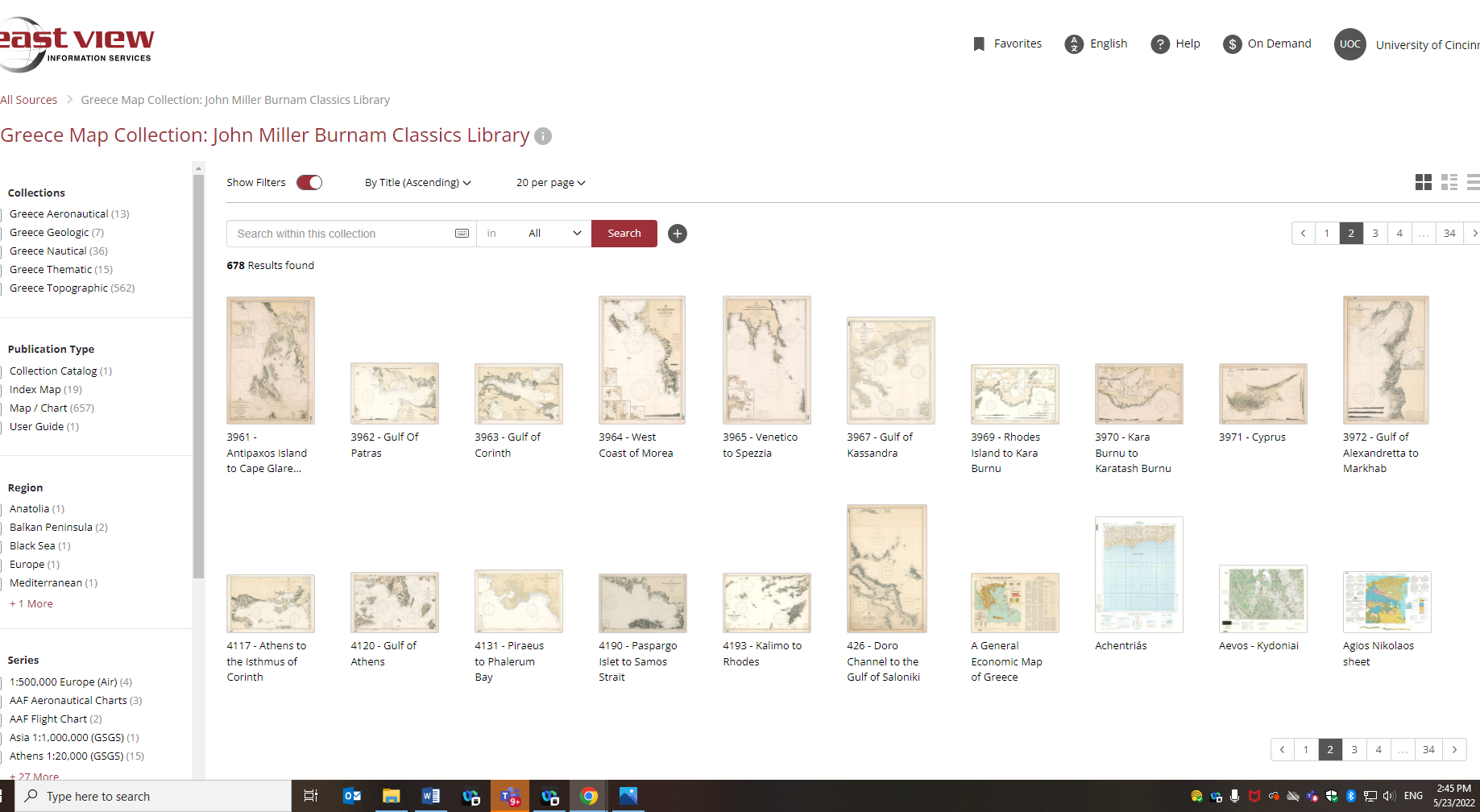
When researching an unrelated topic, the librarian came across a reference to Greek manuscripts in the Burnam Library. They were not known to previous or current staff, so it was a mystery. The librarian contacted the Archives and Rare Books Library in the hopes that they might be there, and eureka! They had mistakenly not been transferred during the move of classics materials from ARB to the Burnam Library more than three years ago. The boxes contain some 10 very rare Greek newspapers of the Greek resistance movement published during WWII and shortly thereafter, such as Οδηγός των αδελφοτήτων της Ε.Α. and Η Αλληλεγγύη from 1945, Ελεύθερη σκέψη (όργανο του Εθνικού Κομιτάτου Νέων) from 1942, Ελεύθερη Ελλάδα (όργανο της Κ.Ε. του Εθνικού Απελευθερωτικού Μετώπου) from 1943, and Φωνή της Αλλελλεγγύης (όργανο του Παρατήματος Μακεδονίας και Θράκης…) from January 1, 1946.
